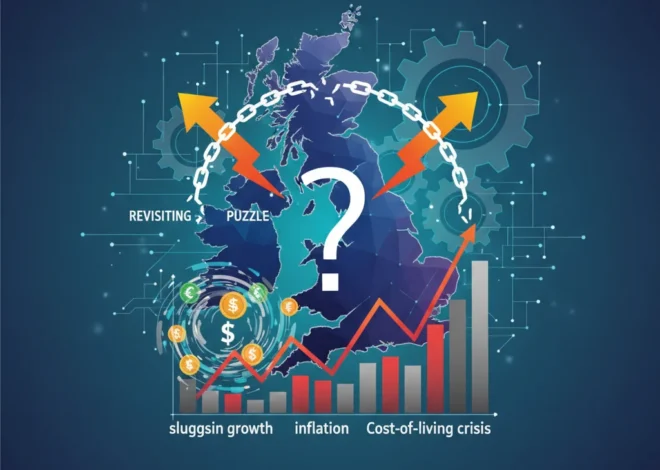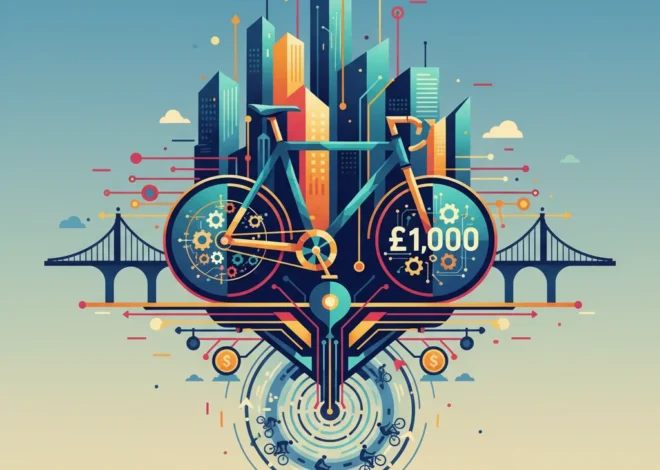
Beyond the Beltway: The True Economic Cost of Political Gridlock
The Deal Is Done, But the Economic Scars Remain
In the heart of Washington D.C., a tense political standoff has reached its conclusion. The Senate has approved a deal to end the longest government shutdown in U.S. history, a move that, on the surface, signals a return to normalcy. Lawmakers are returning to their duties, and federal employees are preparing to receive their back pay. However, for investors, business leaders, and anyone with a stake in the American economy, the sigh of relief is a shallow one. The resolution of the political impasse is not an end, but rather the beginning of a larger conversation about the tangible economic consequences of governance by crisis.
While the headlines focus on the internal party backlash faced by Democrats who supported the pact, the more profound story lies in the economic ripple effects that spread far beyond the Capitol’s marble halls. This shutdown serves as a stark reminder that political instability is no longer a contained spectator sport; it is a direct variable in our financial models, a risk factor in our investment portfolios, and a wet blanket on economic growth. Understanding its impact is crucial for navigating the complex intersection of policy, finance, and the modern stock market.
Quantifying the Cost of Dysfunction
A government shutdown is not a pause; it is a self-inflicted economic wound. The immediate and most visible cost is the loss of productivity from hundreds of thousands of furloughed federal workers. But the damage runs much deeper, permeating nearly every sector of the economy.
The Congressional Budget Office (CBO), a non-partisan federal agency, provides a sobering analysis of these events. For instance, the 35-day shutdown in late 2018 and early 2019 was estimated to have reduced real GDP by a total of $11 billion, with $3 billion of that lost permanently. This isn’t just an abstract number; it represents canceled contracts for small businesses, delayed home purchases due to stalled mortgage approvals, and diminished consumer spending that hurts retailers nationwide. This creates a drag on the broader economy that can take months to overcome.
The impact extends to critical government functions that underpin our financial system. The Securities and Exchange Commission (SEC) slows its review of IPO filings, delaying companies’ ability to raise capital. The release of vital economic data from the Bureau of Economic Analysis and the Census Bureau is postponed, forcing investors and analysts to make decisions in an information vacuum. This uncertainty is poison to efficient markets, which thrive on clarity and predictable data flow.
The Konbini Conundrum: Why Japan's Convenience Stores Are a Warning Sign for the Global Economy
To put this into historical context, let’s examine the economic impact of major U.S. government shutdowns over the past few decades.
| Shutdown Period | Duration (Days) | Estimated Real GDP Cost (in current dollars) |
|---|---|---|
| Nov 1995 & Dec 1995–Jan 1996 | 5, then 21 | ~$1.4 billion (~$2.7 billion in 2023 dollars) |
| Oct 2013 | 16 | ~$24 billion (as per S&P estimates) |
| Dec 2018–Jan 2019 | 35 | ~$11 billion (as per CBO estimates) |
Market Volatility and Investor Psychology
How does the stock market react when the government turns off the lights? The answer is more nuanced than one might expect. Conventional wisdom suggests that such profound uncertainty would send markets into a tailspin. While there’s often an initial knee-jerk reaction of fear, historical data presents a more complex picture.
According to analysis from financial services firm LPL Research, the S&P 500 has, on average, been flat during government shutdowns since 1976. More surprisingly, the market often performs well in the months following a resolution. During the 16-day shutdown in 2013, the S&P 500 actually gained 3.1%, as investors largely bet on an eventual, inevitable resolution. This suggests that seasoned traders and institutional investors have come to view shutdowns as political theater rather than a sign of a fundamental economic collapse.
However, this doesn’t mean investors can be complacent. The real danger lies in the potential for a shutdown to coincide with a debt ceiling crisis. While a shutdown is a disruption of government services, a failure to raise the debt ceiling would trigger a default on U.S. sovereign debt—an event that would have catastrophic consequences for the global financial system. The increased frequency of shutdowns normalizes brinkmanship, making the unthinkable—a U.S. default—seem slightly more possible with each political crisis. For those engaged in active trading, this political risk premium must now be factored into every decision.
The £1 Billion Failure: How a Vanished Watchdog Left UK Cities on the Brink of Collapse
The Ripple Effect on Banking, Fintech, and the Future of Finance
The impact of government dysfunction cascades into the core of our financial infrastructure, affecting everything from traditional banking to the frontiers of financial technology.
For the banking sector, the most direct effect is on credit risk. Hundreds of thousands of federal employees and contractors with impeccable credit histories suddenly miss paychecks, increasing the likelihood of late payments on mortgages, auto loans, and credit cards. This puts stress on the balance sheets of banks, particularly smaller regional institutions with high concentrations of government-employed customers.
The world of fintech and financial technology experiences a dual impact. On one hand, regulatory uncertainty acts as a brake on innovation. Startups seeking approvals for new payment systems or lending products from agencies like the SEC or CFPB face significant delays, stalling progress and burning through venture capital. On the other hand, government unreliability can create opportunities. Fintech companies offering services like early wage access or short-term micro-loans see a surge in demand as people look for private-sector solutions to government-induced cash flow problems.
Looking further ahead, repeated failures in centralized government functions inevitably fuel conversations about decentralized alternatives. While still a nascent and volatile field, the core value proposition of technologies like blockchain is their ability to create trust and execute transactions without a central intermediary. When the primary central intermediary—the federal government—demonstrates periodic unreliability, it inadvertently strengthens the long-term philosophical argument for exploring decentralized finance (DeFi) systems for certain applications. This is no longer a purely academic discussion; it’s a strategic consideration for the future of finance in an era of political volatility.
The Uncontainable Genie: Why AI Defies Cold War Rules and What It Means for Global Finance
Conclusion: Building Resilience in an Age of Uncertainty
The end of a government shutdown is not a victory; it is a temporary truce in a long-running war against fiscal stability. The deal struck in the Senate may have restarted the machinery of government, but it did nothing to repair the underlying political divisions that guarantee this will happen again. For those of us in the worlds of finance, investing, and business, this is the new reality.
The key takeaway is the need for resilience. For investors, this means maintaining a diversified portfolio that is not overly sensitive to short-term political headlines and resisting the urge to make emotional trading decisions. For business leaders, it means building contingency plans, stress-testing supply chains for government dependencies, and managing cash flow to withstand periodic shocks to the system. Ultimately, the greatest risk posed by political gridlock is the normalization of crisis. By understanding its true costs—to the economy, the stock market, and the very fabric of our financial system—we can better prepare for the inevitable turbulence ahead.


